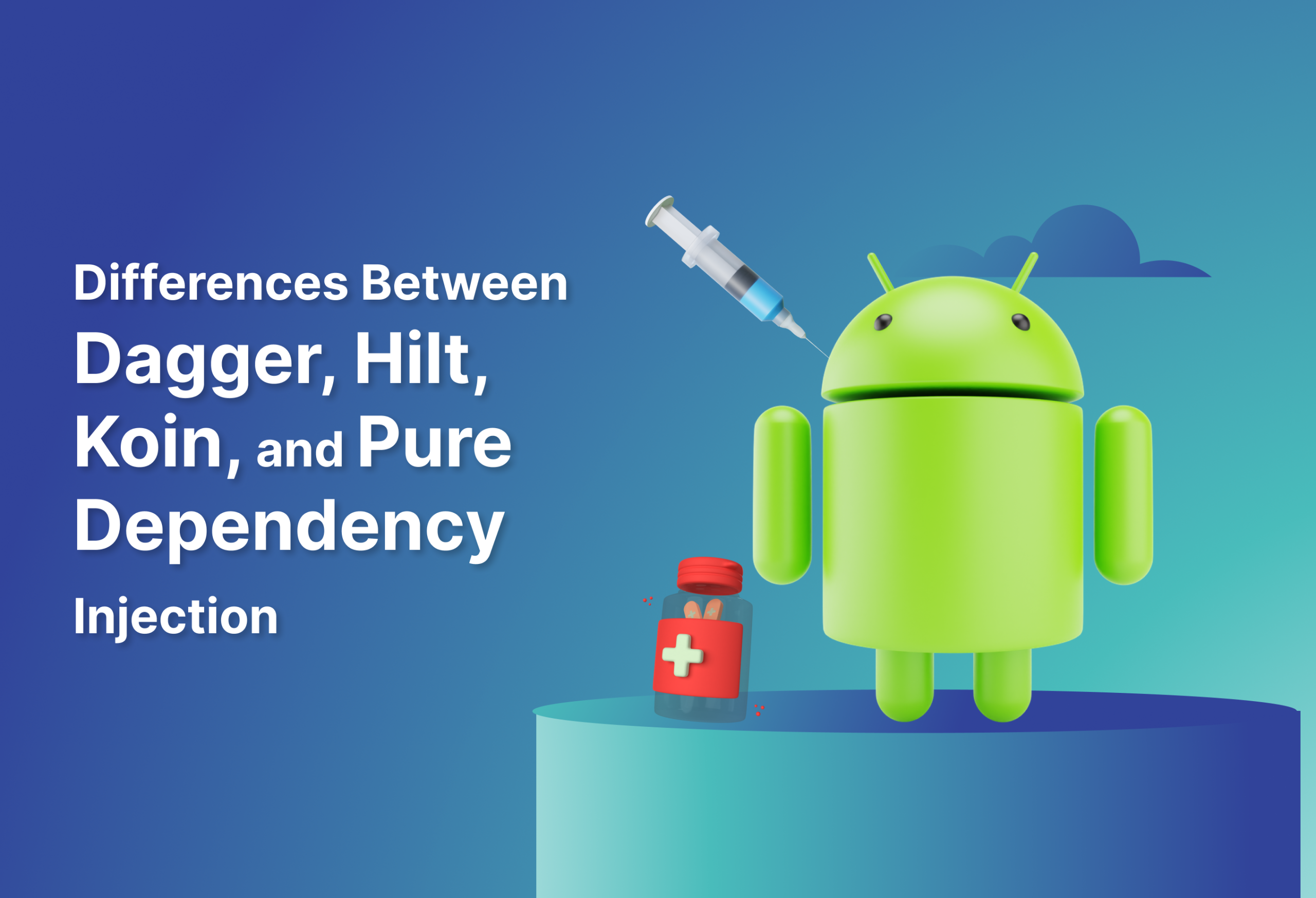In this post, let’s dive deep into the differences between Dagger, Hilt, Koin, and Pure Dependency Injection. It is our hope that this in-depth analysis of each framework will shed light on their unique qualities and applications. In the world of software development, frameworks like Dagger, Hilt, Koin, and Pure Dependency Injection are all the rage.
Dagger, Hilt, Koin, and Pure Dependency Injection all offer a tonne of useful features and friendly communities. They simplify the management of complexities, improve the structure of the code, and facilitate testing. All of this promotes the growth and functionality of software.
What is Dagger?
Google’s Dagger is a dependency injection framework that is both lightweight and open-source. Its goal is to let developers write code that is easier to test and keep up-to-date by decoupling the framework from the business logic. To simplify the development process for Android applications, Dagger uses annotation processing to generate code automatically.
Dagger’s ability to aid developers in tailoring the generated code is a major plus. This useful feature increases the code’s overall effectiveness. However, individuals unfamiliar with the topic should know that Dagger isn’t always the best option. This is because there might be some difficulty in setting it up and getting started with it.
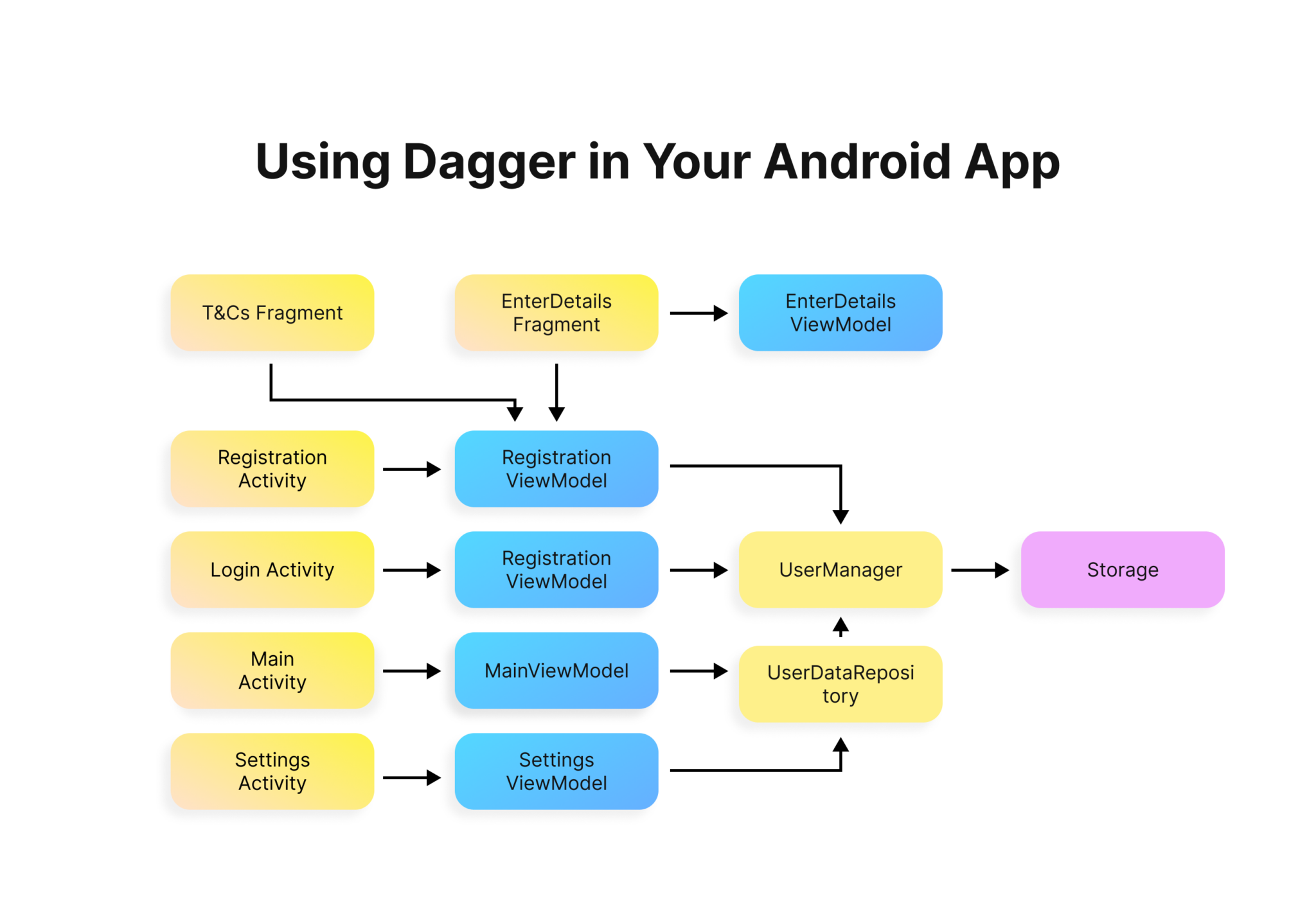
What is Koin?
Created by the same people responsible for the Kotlin programming language, Koin is an open-source dependency injection framework. The area of Android app development is one of its primary focuses. Designed primarily for use with Kotlin-based apps, the Koin framework aims to be both straightforward and speedy for its intended audience.
To define its dependencies, Koin employs a domain-specific language (DSL). Additionally, it provides a wide variety of features that allow for flexible adaptation of the final code. Koin’s outstanding optimization for Kotlin applications is one of its key benefits. Because of this, it’s a great choice for developers proficient in Kotlin.
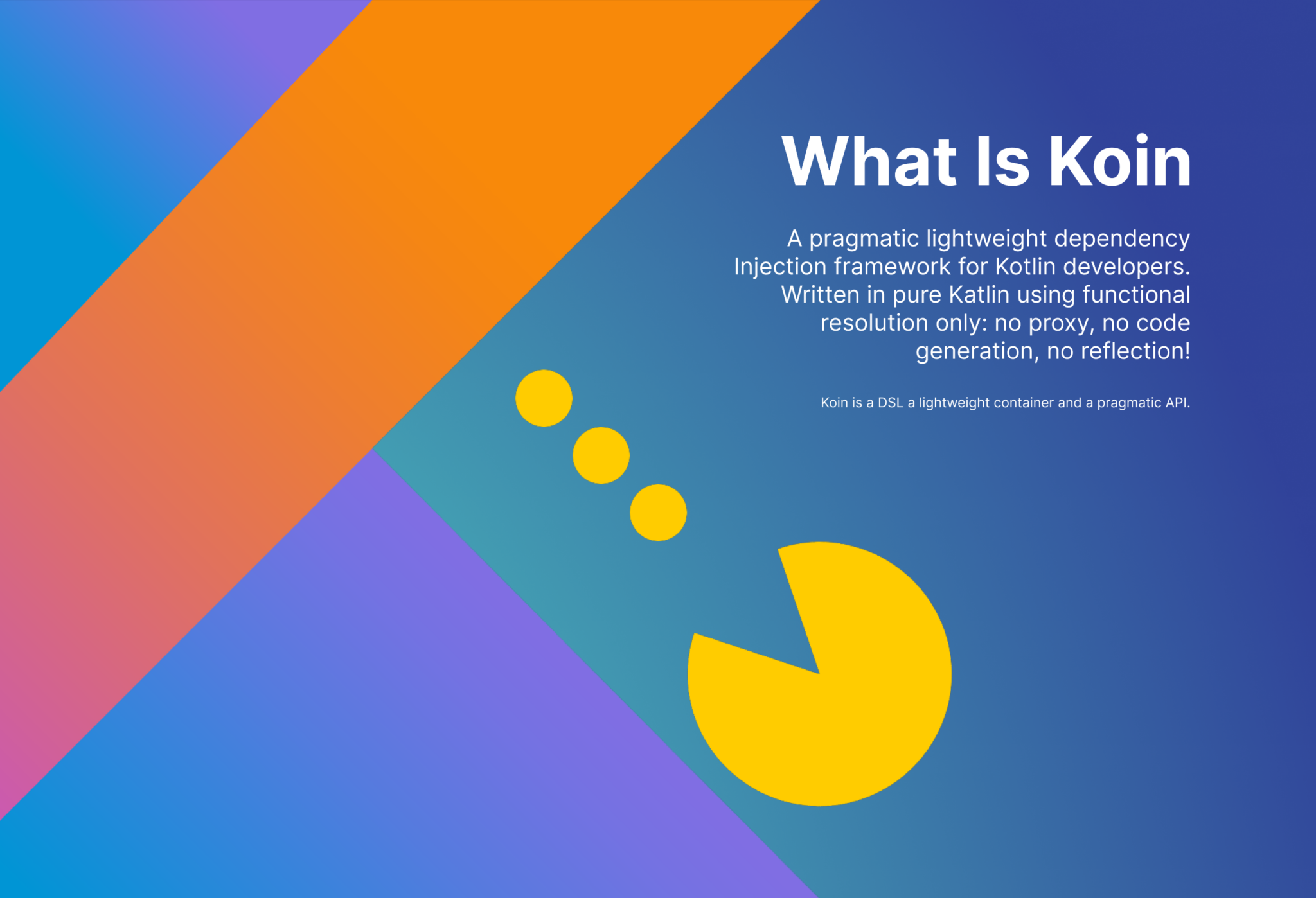
What is Hilt ?
Google came up with and created the dependency injection framework, Hilt. This program is based on Dagger. However, it further simplifies the installation and configuration processes. Hilt also provides a library of annotations and components to make setting up Dagger easier. Additionally, it provides a set of best practices for structuring code.
The goal of creating the Hilt framework was to provide something simpler and easier to pick up for newcomers. It works with both Android and web-based programs. Hilt’s somewhat increased resource usage in comparison to Dagger is a possible negative point. This might have an effect on system performance. When it comes to customizing, Hilt may not offer as many options as Dagger.
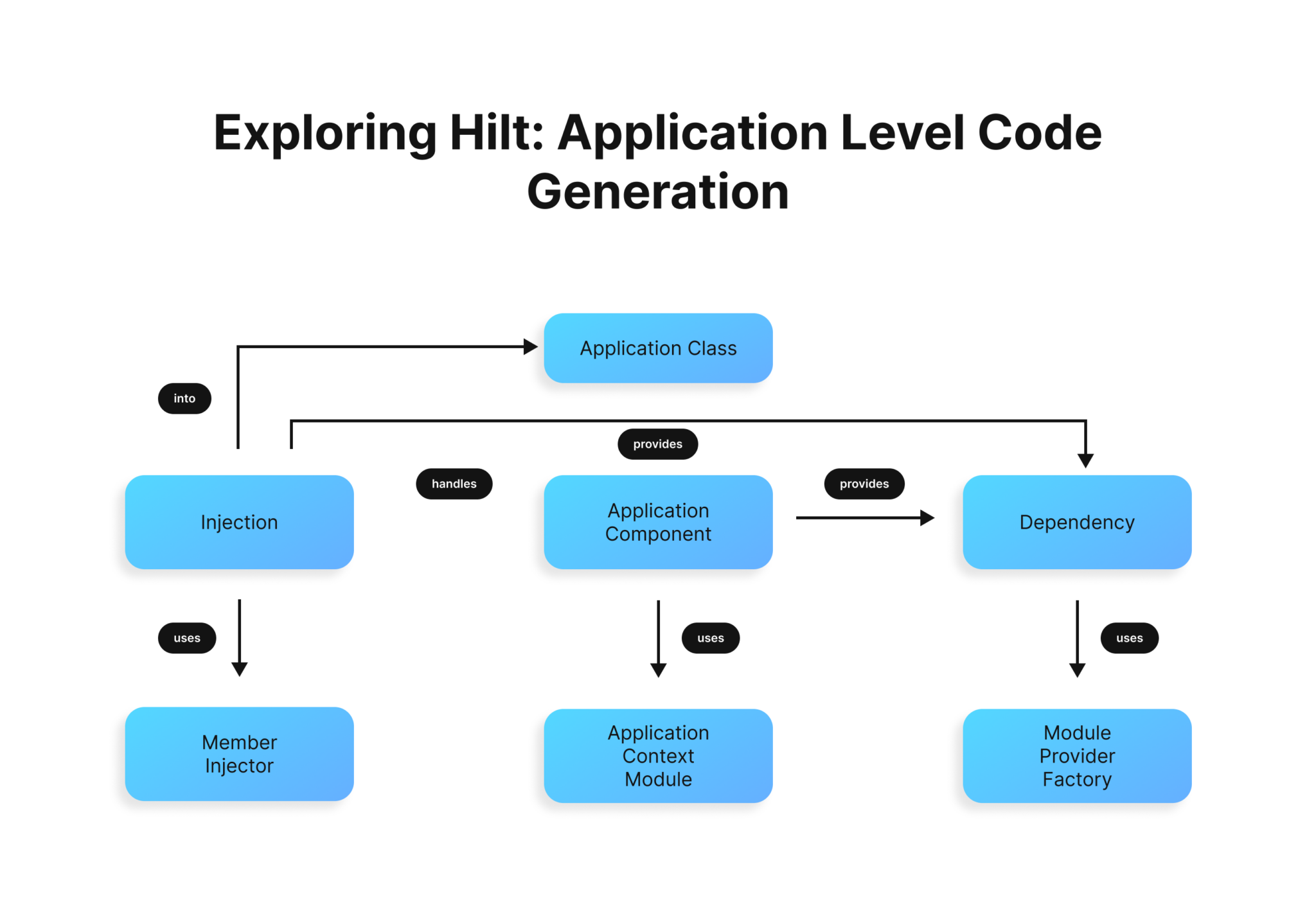
Defining Pure Dependency Injection
Modern approaches to dependency injection have resulted in concepts like Pure Dependency Injection. Pure Dependency Injection differs from other frameworks in that it does not rely on annotations or DSLs. Instead, it uses a simple and straightforward approach to inject dependencies into the code.
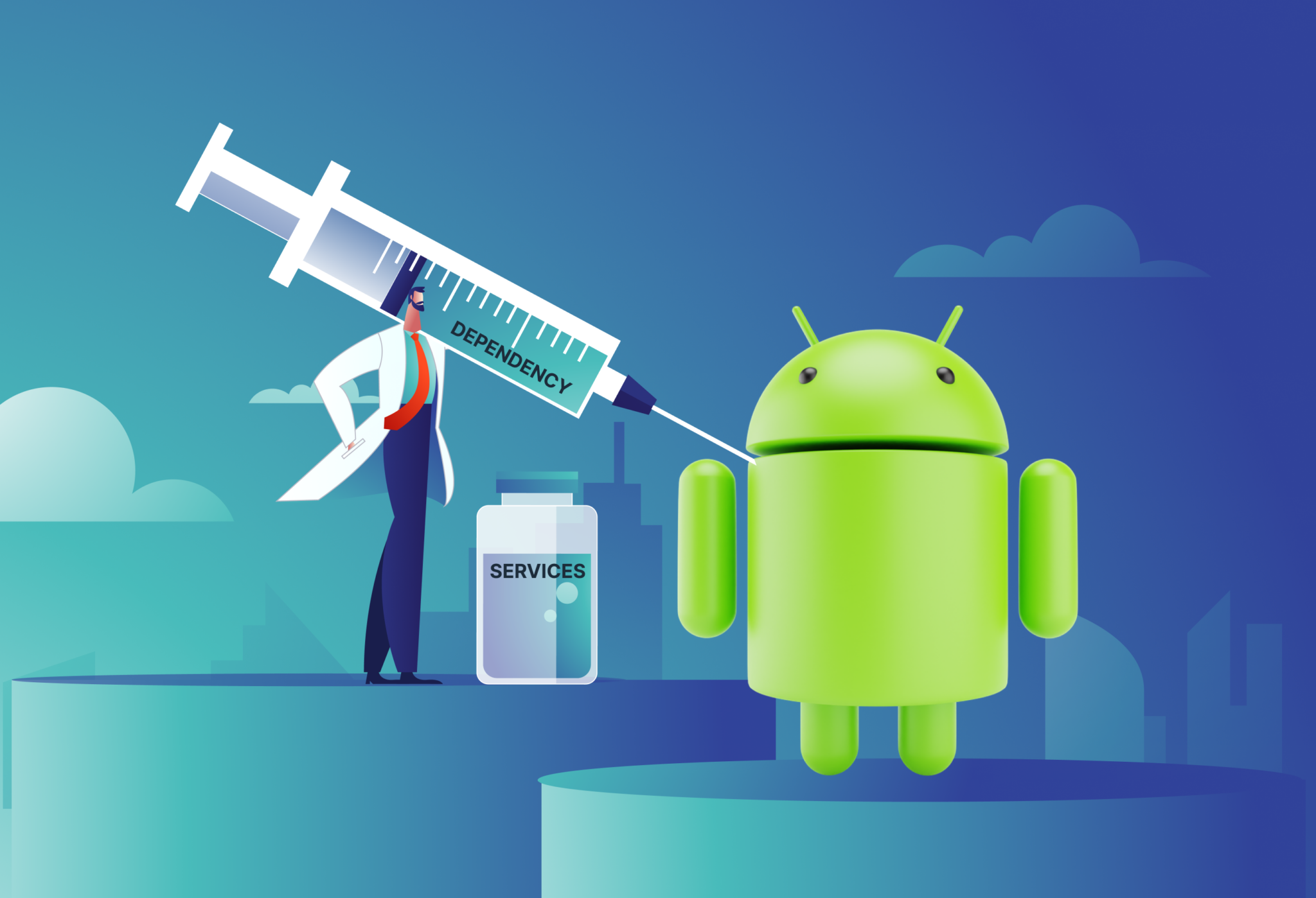
Pure Dependency Injection is a concept that simplifies dependency definition and configuration. Its lightweight design and simplicity of use are two of its primary design goals. Pure Dependency Injection’s lack of flexibility when compared to other frameworks is a disadvantage. It also may not work as well for web and Android applications.
Differences Between Dagger, Hilt, Koin, and Pure Dependency Injection Table
| Dagger | Hilt | Koin | Pure Dependency Injection |
| Google created the dependency injection framework known as Dagger. | Google’s Hilt is a framework for injecting dependencies. | Developed by the Kotlin community, Koin is an injection framework for dependencies. | If you’re looking for a dependency injection method that doesn’t rely on a framework or library, look no further than “Pure Dependency Injection.” |
| Rather than writing dependency injection code from scratch, Dagger employs a compile-time strategy to produce generic code. | Hilt takes dependency injection one step further by using a compile-time strategy to produce boilerplate code. | Koin generates boilerplate code for dependency injection using a runtime method. | There is no code generated for dependency injection in pure dependency injection. |
| Injecting fields and constructors is possible with Dagger. | Hilt helps with assisted injection, as well as ViewModel injection, Activity and Fragment scopes, and more. | Support for assisted injection, Activity and Fragment scopes, and ViewModel injection is offered by Koin. | No further functionality, such as ViewModel injection, Activity and Fragment scopes, or assisted injection, is available in a setup of pure Dependency Injection. |
| Since Dagger doesn’t rely on reflection, it’s both quick and secure. | Hilt is quick and secure because it leverages reflection to produce code during compilation. | Koin is slow and vulnerable because it employs reflection to build code at runtime. | Pure Dependency Injection is both quick and safe since it does not rely on any other frameworks or libraries. |
| Using Java annotations, Dagger is a dependency injection framework that generates code to fulfill dependencies. | The Hilt framework only supports the use of constructor injection. | You can use constructors and property injection with Koin. | Constructor injection is the only kind of dependency injection that Pure ID allows. |
| Dagger produces code during compilation, which simplifies debugging and tracing. | Hilt is a dependency injection framework that generates code to fulfill dependencies using unique annotations. | As a dependency injection framework, Koin makes use of the Kotlin DSL to produce the necessary code. | The developer must write code explicitly to meet dependencies while using pure Dependency Injection. |
| Injecting fields and constructors is possible with Dagger. | Hilt allows field injection as well as constructor injection. | Koin works with both constructors and field injections. | The concept of Pure Dependency Injection only facilitates the use of constructor injection. |
| Annotations and abstract classes provide the basis for Dagger’s code generation, which is then utilized to inject dependencies. | To facilitate dependency injection, Hilt creates code from annotations and abstract classes. | Objects and functions form the basis of Koin’s code generation, making it easy to inject dependencies. | If you’re using pure Dependency Injection, the developer must manually construct objects and connect their methods. |
| Dagger is a challenging and complicated framework to maintain. | When compared to Dagger, Hilt is the most user- and maintenance-friendly option. | Koin is an easier-to-use and more straightforward substitute for Dagger and Hilt. | The use and maintenance of the Pure Dependency Injection framework present significant challenges compared to other frameworks. |
Wrapping up
Now you have a thorough familiarity with several dependency injection frameworks and methods, including Dagger, Hilt, Koin, and Pure Dependency Injection. As a result, you should be able to differentiate between these potent resources with ease and confidence. You may now make informed dependency injection choices for your applications. Follow our blog so you can always be in the loop about what’s happening here. You’ll discover a plethora of related, really helpful subjects that are likely to peak your interest.

